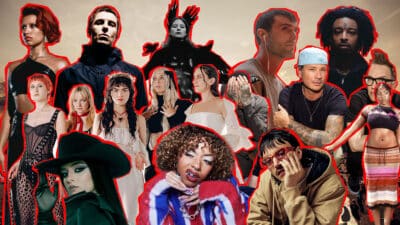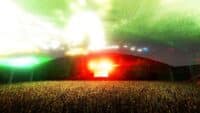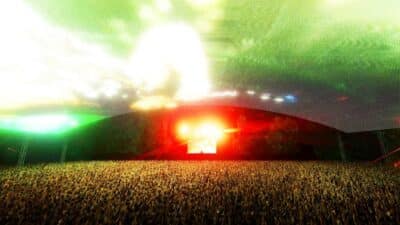Festivals
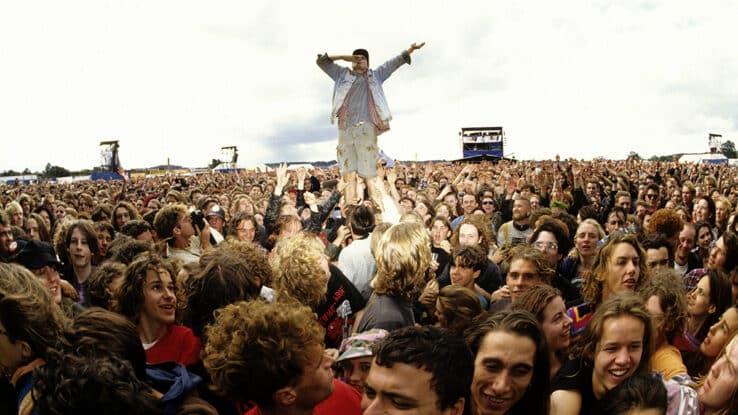
Looking Back
A complete history of Reading & Leeds festival
Free jazz, Kurt in a wheelchair and an ever-changing feel: a potted history of one of the world’s best festivals
It’s somewhat debatable when the first Reading Festival took place. Technically, the inaugural event took place in August 1961, but it was neither called Reading Festival nor did it take place in Reading. That event – the National Jazz Festival – was first held at Richmond Athletic Ground, and was headlined by Chris Barber’s Jazz Band and Ken Colyer’s Jazzmen for the first three years, before little-known rockers The Rolling Stones took centre stage for the fourth.
But with jazz declining in popularity, in 1965, it became the National Jazz and Blues Festival, going from site to site due to noise complaints. First moving to Windsor Racecourse, then Kempton Park Racecourse in 1968, and Plumpton Race Track in 1969, the festival finally settled in Reading in 1971.
Throughout the 70s and early 80s, the festival grew in size and stature, becoming the setting for some of music’s most memorable sets. It was where Thin Lizzy performed their barnstorming final UK show in 1983, while also playing host to vintage performances by Paul Weller and The Jam.
Sadly, in the mid 1980s, things took a downturn. Ticket sales had declined, and the local council cancelled the 1984 and 1985 events on account of noise complaints. Even when things returned in 1986, attendees were dwindling, leading to speculation that the end of the festival was imminent.

Credit: Mick Hutson/Redferns
The festival’s saviour came in 1991, as alternative rock gained popularity, and Nirvana cemented their trendsetting reputation with a storming set midway through the afternoon on the festival’s Main Stage. One year later, with the global success of their album Nevermind, the band returned as headliners. Kurt Cobain, dressed in a hospital gown, came onto the stage in a wheelchair to parody speculation about his deteriorating health, before rising to deliver a historic set that has been watched and rewatched thousands of times.
From then on, it felt like the festival bookers were acutely tuned into the zeitgeist, consistently booking headliners who were on the crest of a wave. Björk (1995), Suede (1997), Eminem (2001), and The White Stripes (2004); artists in white-hot form, playing in front of crowds of over 90,000 people. Such was the success that a second site in Leeds was added in 1999, and has remained in place ever since.
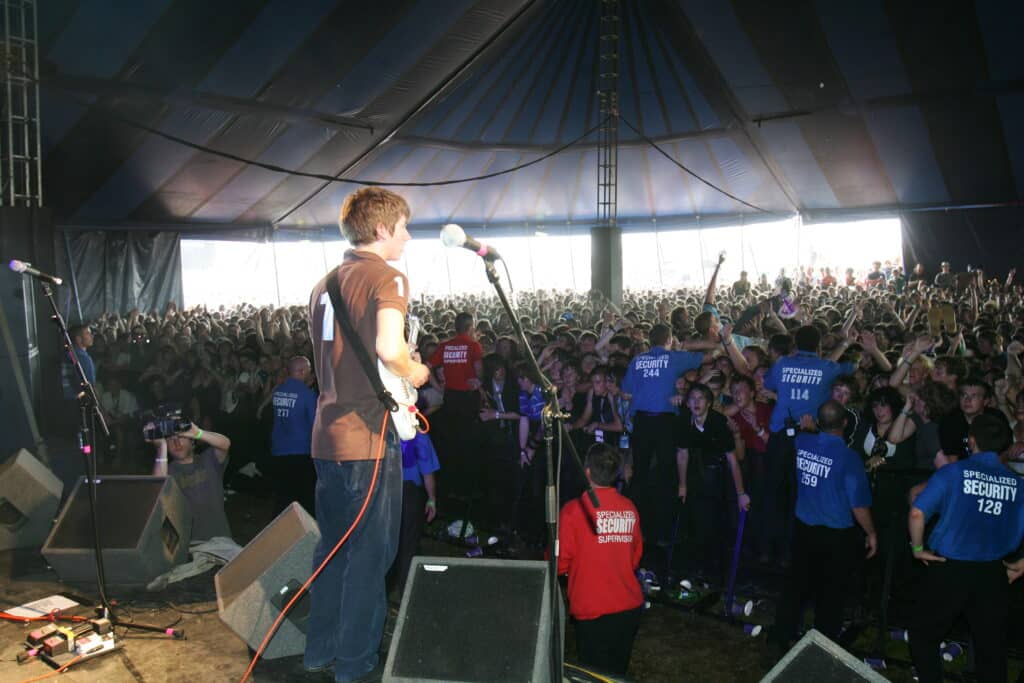
Credit: Andy Willsher/Redferns/Getty Images
It’s not just in the headline slots where careers have been forged. In 2005, five months before the release of their seminal debut album, Whatever People Say I Am, That’s What I’m Not, Arctic Monkeys stepped onto the festival’s Carling Tent stage in the middle of Saturday afternoon for an electrifying performance. The crowd was so large it could have easily filled the tent twice over, and proved that the hype – which the band had been so keen to tell everyone not to believe – was very real.
Radiohead had done the same back in 1994, months before The Bends came out, impressing the audience in the middle of a soggy afternoon, the same year Jeff Buckley played one of his few UK shows in the lower reaches of the Melody Maker tent.
Careers have been made on those fields. Dave Grohl credits his conviction that the Foo Fighters had what it took to be a success to the huge reception they got at the 1995 Reading Festival, while acts such as Biffy Clyro, blink-182 and Queens Of The Stone Age have graduated from performances in the tiniest tent to each headlining the main stage. The crowd at Reading is famously tough, but if you survive, you can be richly rewarded.
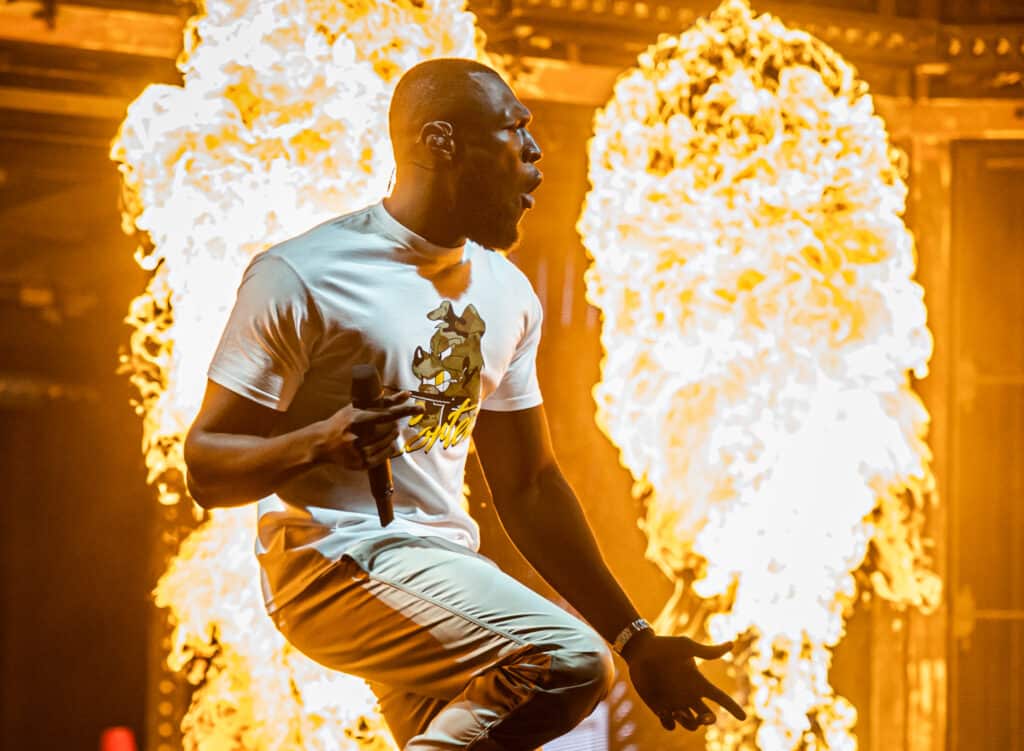
Credit: Samir Hussein/WireImage
The lineups for Reading and Leeds have changed immensely through the ages. In the 80s, punk and metal ruled the stages, with indie bands only starting to grace the festival’s smaller tents in the early 90s. The festival – a favourite for first-timers and a younger crowd – began to adapt in the mid 2010s, catering to audiences whose tastes were less tribal. Artists such as Kendrick Lamar, Post Malone and Stormzy have since headlined, and now the festival offers a titanic range of artists, with six headliners across the weekend.
When this writer started going to festivals, Reading and Leeds were in an annual bunfight with V Festival, T in the Park and Oxegen for both the biggest bands and the fans with only enough cash for one summer outing. Now, only Reading and Leeds remain intact. If you went in the 80s, 90s, 00s or even 10s, it is not the same festival that you remember. Its ever-changing nature is why it’s still standing strong and pretty much sold out again this year, when the event will welcome Sam Fender, Foals, The Killers, The 1975, Billie Eilish and Imagine Dragons to top the bill.
Get final tickets for Reading & Leeds festival 2023 here
Header image: Mick Hutson / Getty





